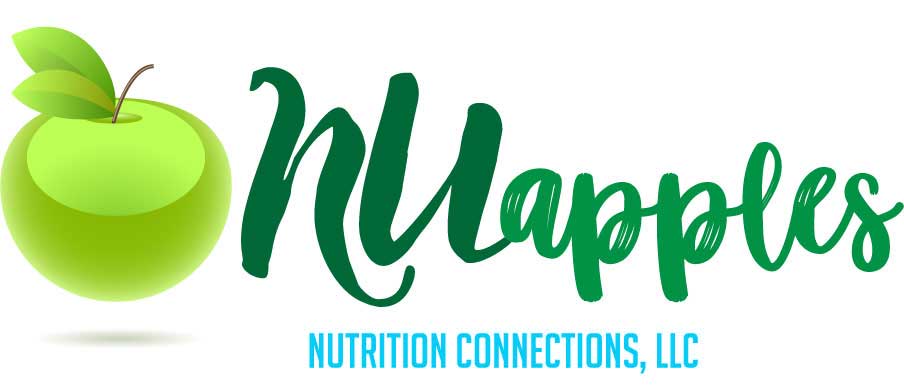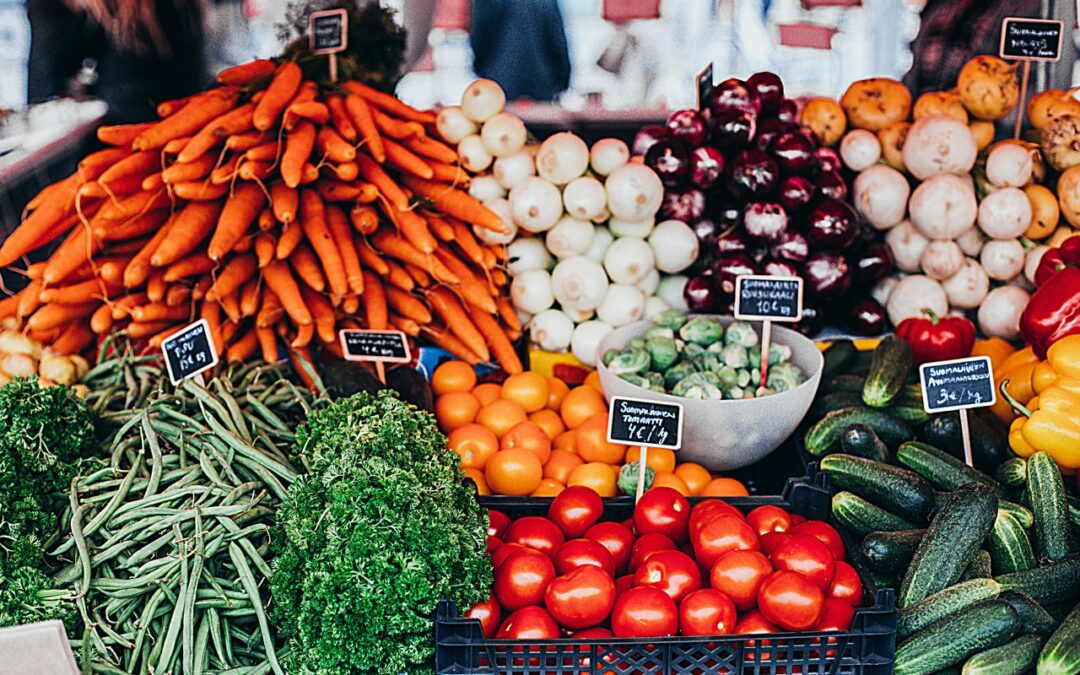We will all appropriately gather this holiday season in our homes, sharing our delectable Zoom meals with friends and family. Another common thread that we may also share is preparing and serving one of the tasty Criss-Cross Vegetables. Menu preparation without the inclusion of at least one of these nutrient-dense powerhouse vegetables is unthinkable. Growing up in Texas, I can still remember the smell of the somewhat sulfur aromas coming from a select few of these vegetables. Little did I know that the phytonutrient glucosinolates deep within each of these vegetables were breaking down during the cooking. A chemical reaction of releasing other phytochemicals began producing an intense aroma and the release of powerful anti-cancer fighting agents.
Cruciferous vegetables are a family of vegetables we refer to as Cruciferae. They appear as if they are in a cross-bearing or criss-cross weaving pattern. Many of these vegetables are stables within the American diet. I am sure you are all familiar with Cruciferous vegetables, however never realizing their value and contribution to our overall health and well- being. Cruciferous vegetables are cauliflower, broccoli, cabbage, Brussels sprouts, greens (collard, mustard, turnip, chard, spinach, kale, arugula), garden cress, bok choy, and radish. These vegetables are rich in prominent fiber, vitamins, and minerals. However, of most importance, phytochemicals.
A good number of my associates enjoy eating dark green leafy vegetables as we both share in the excitement of the health benefits they provide. The phytochemicals (indoles and isothiocyanates) within these vegetables help prevent cancer development in the bladder, breast, colon, liver, lungs, and stomach in various animal studies. Research also verifies these two specific phytonutrients help protect cells from DNA damage and inactivate invading carcinogens. Cruciferous vegetables also provide antiviral and antibacterial protection as well as display anti-inflammatory capabilities throughout the body.
Cruciferous Vegetables are showing notable accomplishments in the prevention of breast cancer. According to an article in JAMA, a 20% to 40% percent risk reduction occurs in developing breast cancer in women who consume 1 to 2 serving of Cruciferous Vegetables a day. Similar results occur in women with colon cancer; the risk levels are low due to eating these vegetables. Several studies demonstrate how men who consume large intakes of cruciferous vegetables have a lower risk of prostate cancer. Many human studies are controversial. However, evidence-based facts show that consuming various fruits and vegetables due to their phytochemical content variation provides some anti-cancer protection and numerous life-sustaining benefits.
The American Cancer Society recommends a daily intake of these vegetables is necessary to receive health benefits. Following the USDA guidelines, adults need at least 2 ½ cups of vegetables a day. One cup of raw and cooked vegetables such as broccoli, cauliflower, and Brussels sprouts is equivalent to 1-cup of vegetables. Two cups of raw leafy vegetables such as kale are equal to 1-serving.
Throughout this festive Zoom holiday season, if you have not had the pleasure of eating cruciferous vegetables, try having a different one each day. The fall is my favorite time to eat the dark green leafy ones. Following my mother’s advice, they are sweeter and more tender during the fall/ winter months. Broccoli and cauliflower are a daily treat, Brussel sprouts not so frequent. Join me this season as I Criss- Cross my Vegetables.


Id like to thank you for the efforts youve put in writing this website. I really hope to view the same high-grade blog posts from you in the future as well. In fact, your creative writing abilities has inspired me to get my own, personal site now 😉
Great post! Very informative and well-written. Looking forward to more content from this blog!Thank you
Thanks appreciate it!
Joyce W. Hudson, MS RDN CDCES